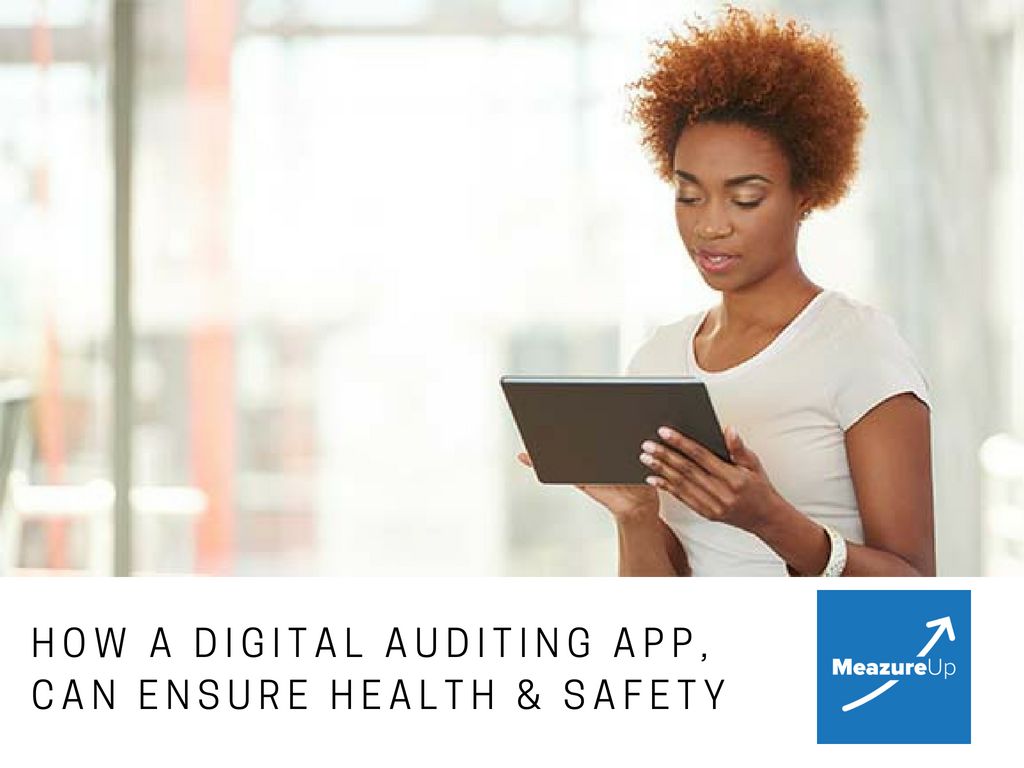
Whether we’re conscious of it or not, every time we eat a restaurant, get a massage, or even step into a retail store, we expose ourselves to a variety of potential health and safety risks. It can be an outbreak of a food contaminant, an unclean massage table, or even a broken walk-way. These are the types of health and safety aspects that are considered when a business is operating properly. Having a standardized tool like an auditing app in place will help to ensure consistency not only for health and safety purposes but for brand image and design.
Aside from the obvious push from government to create more stringent measures related to safety audits, business management must rethink strategies to ensure the safety of their customers. In other situations, having health and safety plans in place, comes as re-active rather than pro-active.
Last year, Chipotle closed several locations as news of e-coli was found in the food. In 1993, Jack in the Box was on the verge of closing down due to pathogens found in the food, while Taco Bell in 2011 and Subway in 2008 went through similar experiences. Due to their strong corporate governance and management teams, these giants were able to bounce back through vigorous customer campaigning and new health safety assessment procedures. But what about if your business is not as big as Taco Bell or Subway?
Ensuring health and safety is vital to any businesses operations and a key to survival. In the case of a restaurant chain, management relies on audits to guarantee contamination free food. With the development of new technologies, it is becoming easier to ensure compliance with the increasingly evolving food safety regulations. Using smart technology like Bluetooth thermometers can help restaurants ensure safe elimination of bacteria and other harmful pathogens and microorganisms in food products. However, solely relying on your team to figure out managements instructions on their own, is not going to provide a foolproof method of ensuring compliance with food safety regulations. The staff involved in handling and preparation of food must also be trained. If they are not following carefully listed procedures and practices, then even with the best plan, there is little chance of operational execution. A digital field auditing app can solve this issue, offering a tool to ensure training is understood and can identify areas of improvement.
If you have a paper or excel based audit form that you’re currently using in the field, it’s difficult to obtain true accountability. No management group wants to worry about whether their store managers have built an environment free from health and safety issues. With a digital field auditing app, accountability and consistency is guaranteed so that if a concern does arise it will be automatically tracked for review.
To learn more about how a digital auditing app can help you, click here.

